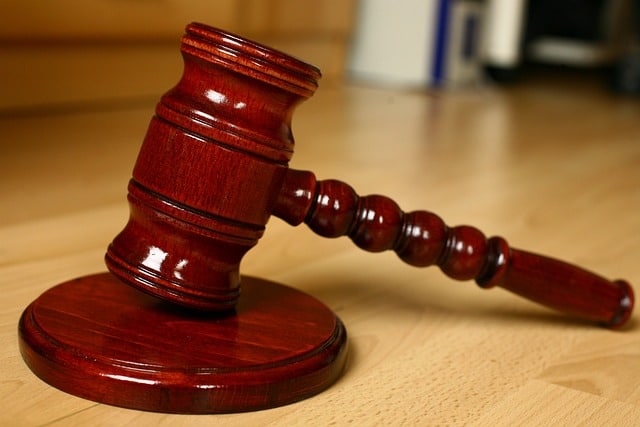It is probably a tribute to the practicality of the Party Wall Etc. Act 1996 that very few cases have ever made it to the Court of Appeal. This is generally due to the wide powers given to the parties’ appointed surveyors to resolve disputes before they ever get to a courtroom, as well as the strict test for appeals of party wall awards.
A building owner wishing to work on a shared wall or excavate near a neighbour’s structure – in other words, to undertake work under the Act – must serve notice on any neighbours affected and gain agreement from those neighbours before starting work.
One problem with the Act is, up until recently, the uncertainty of an adjoining owner’s options when their neighbour starts notifiable works without intending to serve notice.
Many surveyors and solicitors will have been involved in a dispute when a client’s neighbour has excavated for foundations or altered shared walls without invoking the Act, either in ignorance or wilful defiance. In this case there is the long-asked question of whether the dispute can be resolved under section 10 of the Act or whether the client must turn to common law remedies (claiming damages for negligence, nuisance or trespass).
Power & Kyson v Shah [2023] EWCA Civ 239
The recently concluded case of Power & Kyson v Shah [2023] EWCA Civ 239 now gives us that clarity. The building owner (Mr Shah) undertook works to his property without serving notice, indeed he believed and maintained that the works did not require notice. After suffering damage, the adjoining owner appointed a party wall surveyor, who then appointed a surveyor on behalf of Mr Shah under the default procedure of the Act. The two surveyors made an award for compensation for the adjoining owner’s damage and their fees; when their fees went unpaid they applied to the Magistrates Court to enforce the award. Mr Shah challenged the application, claiming that as no notice was served, the Act did not apply and the award was void.
The surveyors, Mr Power and Mr Kyson, appealed the decision to the High Court, stating that the purpose of the Act was to avoid disputes and resolve what would otherwise be arduous and disproportionate claims in court. They argued that, as long as the matter in dispute between the neighbours was connected with any work to which the Act applied, then it can be resolved under the Act. Importantly, they claimed that notice was not required before the Act could be invoked. The appeal was dismissed.
Upon further appeal, The Court of Appeal disagreed with the surveyors’ claim. It found that “merely because a statute was intended to achieve a general result does not mean that its individual provisions have to be interpreted as providing for that general result if the language used by Parliament simply does not warrant or justify it”. Lord Justice Coulson also noted that the Act contained no provision entitling an adjoining owner to unilaterally invoke the Section 10 procedure without Notice being served.
While keeping claims out of court was one of the aims of the Act, so too was the requirement to serve notice before undertaking notifiable works. This prevents disputes arising in the first place and is essential to that purpose; the timing of the notice allows works to be agreed in advance.
If no notice is served by the building owner before doing notifiable work, an adjoining owner has no remedy under the Act; they are left with common law remedies of claiming for damages or, if appropriate, seeking an injunction.
Several things have come out of the Power & Kyson v Shah decision:
1. A building owner who proceeds with notifiable works but does not serve notice will lose the benefit of the legislation, including rights of access to perform works in pursuance of the act. This means some works allowable under the act become trespass, nuisance or negligence.
2. An adjoining owner is entitled to serve an injunction to stop the notifiable works until suitable notice is served and an award is made. However, time will be of the essence and the adjoining owner will have to bear the significant initial legal costs before they can seek to reclaim this through an award. This is likely to deter many adjoining owners due to the high costs.
3. As per recommended best practice, it is essential to acquire a schedule of condition of the adjoining owner’s property as soon as possible. This will be vital for proving damage and is usually dealt with by the surveyors but often overlooked in legal proceedings.
4. It has been suggested by those in the legal profession that, where a building owner has undertaken work without notice and has left an adjoining owner with no choice but a common law claim, the building owner should be liable for indemnity costs.
My concern is that, where an adjoining owner or their consultant cannot persuade the building owner to stop work and serve notice under the act, and the owner does not have the means or desire to issue legal proceedings, developer building owners may consider the decision not to serve a party wall notice more commercially viable than to adhere to the law.
The powers of persuasion by party wall surveyors such as myself to invoke the Act, and the moral fortitude of developers, will be tested.
To talk to a Party Wall surveyor, please get in touch.





